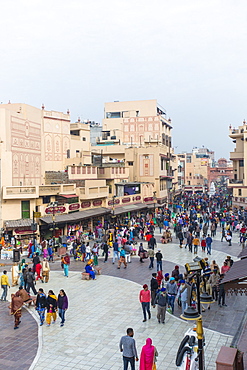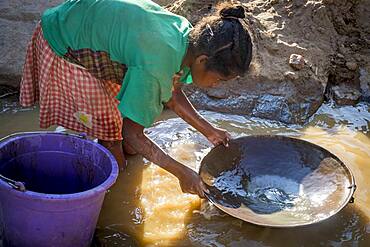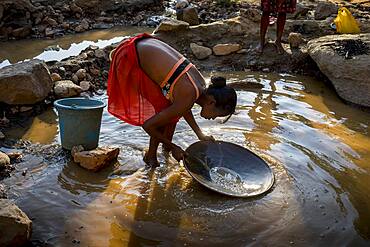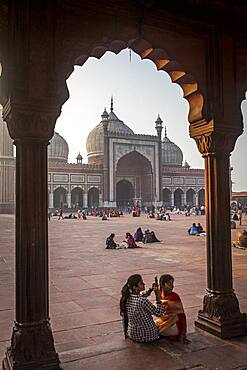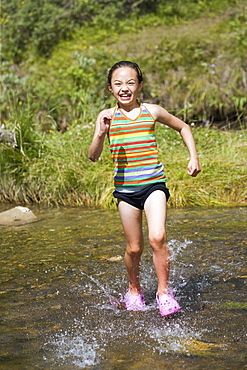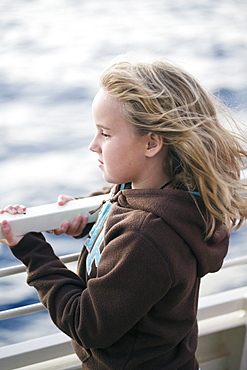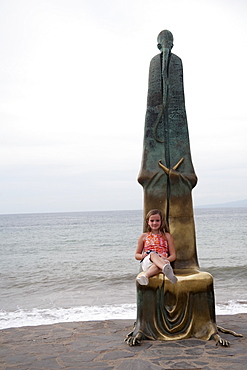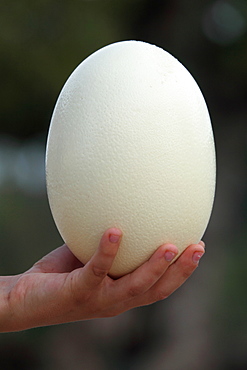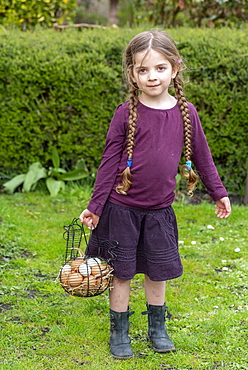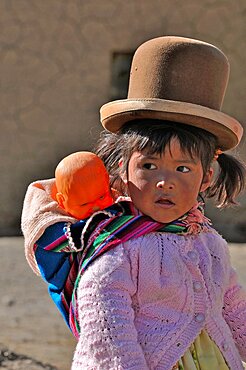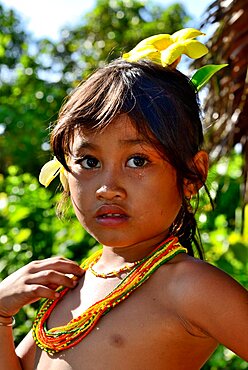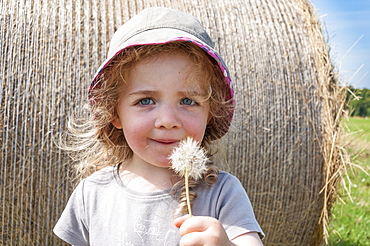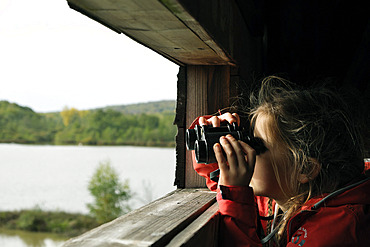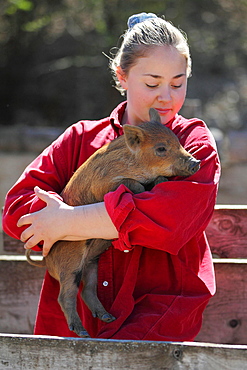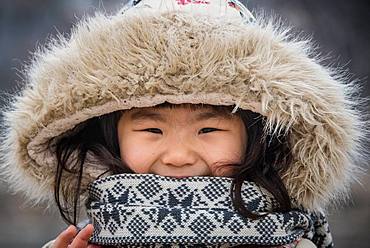Results
1 results found

These reindeer peoples' entire existence is based around their herds of reindeer, which provide milk, skins for clothes, horn for carving and medicine, transport and occasionally, meat. the tsaatan are part of the tuvan ethnic group, which inhabits the tuvan republic of russia. there are only about 200 tsaatan in total, spread over 100,000 sq km of northern mongolia. they are nomadic, often moving their small encampments every three to four weeks, searching for special types of grass and moss loved by the reindeer. the tsaatan are strong practitioners of shamanism. west taiga, northern mongolia

Momandiyon, Khatlon Province, Tajikistan. August 13, 2021. Girl wearing a scarf on her face, at a field where pears are being prepared and dried in the sun. Editorial Use Only
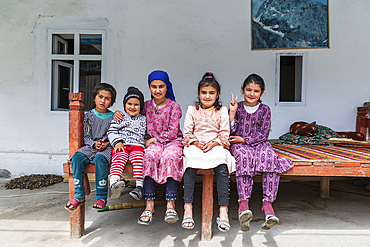
Margib, Sughd Province, Tajikistan. August 15, 2021. Children on a platform bed in a mountain village. Editorial Use Only

Momandiyon, Khatlon Province, Tajikistan. August 13, 2021. Girl slicing pears to be dried in the sun. Editorial Use Only

Momandiyon, Khatlon Province, Tajikistan. August 13, 2021. Women and girls slicing pears to be dried in the sun. Editorial Use Only
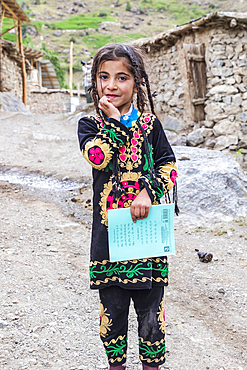
Margib, Sughd Province, Tajikistan. August 15, 2021. Girl in traditional dress in a mountain village. Editorial Use Only

Haft Kul, Sughd Province, Tajikistan. August 17, 2021. A woman with her two children in the mountains of Tajikistan. Editorial Use Only

Lindblad Expeditions Guests doing fun and exciting things in the Galapagos Island Archipeligo, Ecuador. Model release number SMB0509.
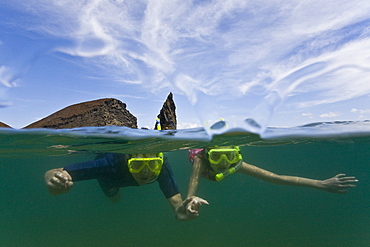
Lindblad Expeditions Guests doing fun and exciting things in the Galapagos Island Archipeligo, Ecuador. Model release number SMB0509.
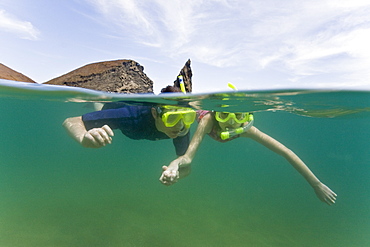
Lindblad Expeditions Guests doing fun and exciting things in the Galapagos Island Archipeligo, Ecuador. Model release number SMB0509.
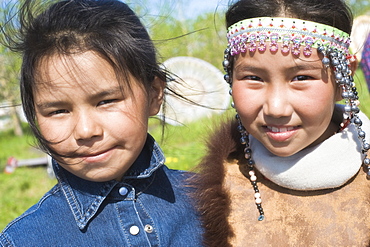
Two Inuit young Females of Koryaks peoples in native clothes, Ossora Village (Koryakskiy Peninsular) Russia, Asia

2008; Chukchi Inuits preform traditional dance in traditional clothes. Petropavlovsk, Kamchatka, Russia, Asia
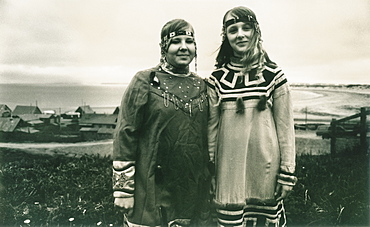
Two local girls, traditional inuit dress, town center of Nikolskoye Village, Bearing Sea, Russia, Asia
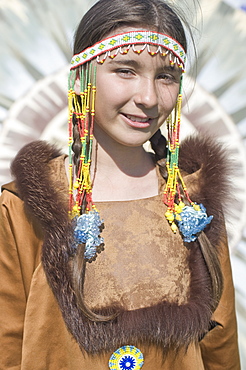
Inuit young Female of Koryaks peoples in native clothes, Ossora Village (Koryakskiy Peninsular) Russia, Asia
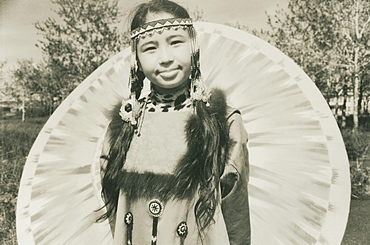
2008; Inuit young Female of Koryaks peoples in native clothes, Ossora Village (Koryakskiy Peninsular) Russia, Asia
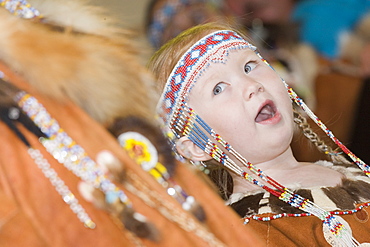
2008; Chukchi Inuits preform traditional dance in traditional clothes. Petropavlovsk, Kamchatka, Russia, Asia
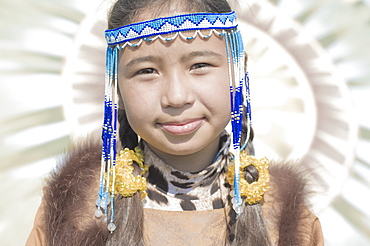
Inuit young Female of Koryaks peoples in native clothes, Ossora Village (Koryakskiy Peninsular) Russia, Asia

23/06/2008 Two local girls, traditional inuit dress, town center of Nikolskoye Village, Bearing Sea, Russia, Asia
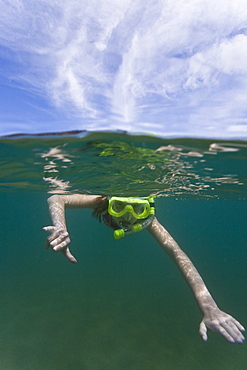
Lindblad Expeditions Guests doing fun and exciting things in the Galapagos Island Archipeligo, Ecuador. Model release number SMB0509.
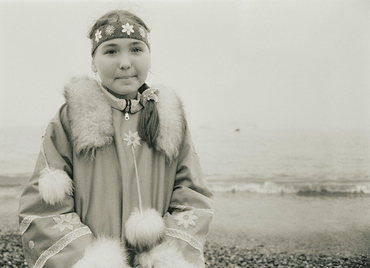
2008; Inuit Settlement with local girl in traditional clothes, Lorino Village (Chukotskiy Peninsular) Russia, Asia.

2008; Chukchi Inuits preform traditional dance in traditional clothes. Petropavlovsk, Kamchatka, Russia, Asia

2008; Local Russian girl in traditional clothes, City of Provideniya (Chukotskiy Peninsular ) Russia, Asia

Mexican aztec dress gods at Grand Palladium White Sand Resort and Spa in Riviera Maya, Yucatan Peninsula, Quintana Roo, Caribbean Coast, Mexico.
Aztec clothing was generally loose fitting and did not completely cover the body. When the Spanish arrived in Mexico, the people were surprised to see them in their full armour, with only their faces exposed.
Aztec clothes were generally made of cotton (which was imported) or ayate fiber, made from the Maguey Cactus (also called the Century Plant or American Aloe). Women would weave the fibers into clothing, a task girls were taught as young teenagers. Because of their vast trading network, the Aztecs were able to make use of a beautiful array of dyes, creating the brilliant

Mexican aztec dress gods at Grand Palladium White Sand Resort and Spa in Riviera Maya, Yucatan Peninsula, Quintana Roo, Caribbean Coast, Mexico.
Aztec clothing was generally loose fitting and did not completely cover the body. When the Spanish arrived in Mexico, the people were surprised to see them in their full armour, with only their faces exposed.
Aztec clothes were generally made of cotton (which was imported) or ayate fiber, made from the Maguey Cactus (also called the Century Plant or American Aloe). Women would weave the fibers into clothing, a task girls were taught as young teenagers. Because of their vast trading network, the Aztecs were able to make use of a beautiful array of dyes, creating the brilliant

Pause Diabolo, a risk reduction center for drug users, in Lyon, France. A 19-year old woman living on the street comes to Pause Diabolo on the women only day.

Young girl dressed in a pink fuchsia dress with ruffles and veil, white hijab. In the late afternoon, children from a small village come to play by the sea, a beach of white sand and turquoise sea on the east coast of Zanzibar, Tanzania.
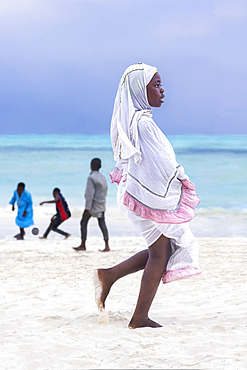
Young girl wearing white dress with pink ruffles and veil, white hijab. In the late afternoon, children from a small village come to play by the sea. White sand beach and turquoise sea on the east coast of Zanzibar, Tanzania.
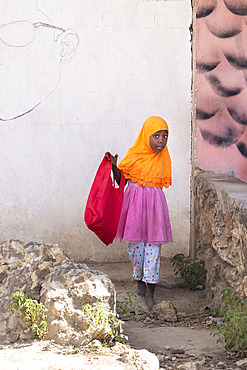
Colorful little girl returning from school, traditionally Muslim, she must wear the veil, Stone Town, capital of Zanzibar, Tanzania
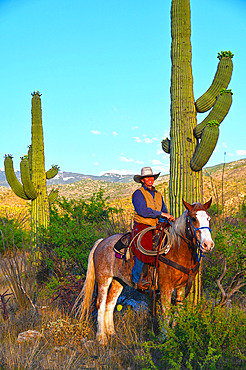
Cow-girl on her horse in front of the a giant saguaro cactus. Tanque Verde ranch. Tucson. Arizona. USA.
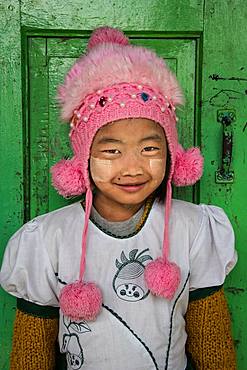
Burmese girl with her pompom cap, photographed in front of her classroom in the city of Nyuang U. On these cheeks, tanakha powder, to protect from the sun.
